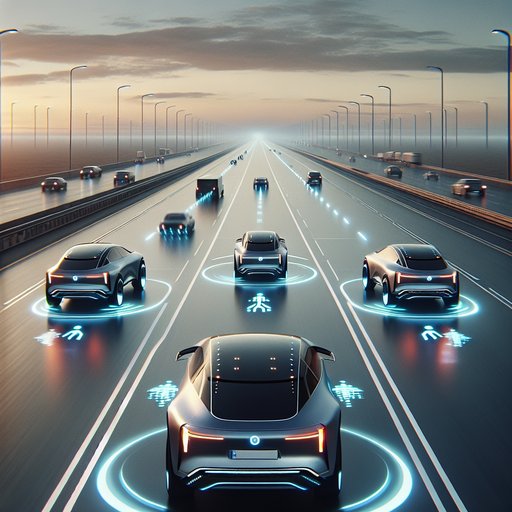
We ran a 200-km highway loop to compare three mainstream driver-assistance suites: GM Super Cruise (Cadillac Lyriq), Ford BlueCruise 1.3 (Mustang Mach-E), and Tesla Autosteer (Model Y). Focus areas were lane-centering smoothness, hands-on-wheel/attention monitoring, and reactions to traffic cut-ins and lead-vehicle cut-outs.
The test fleet spanned three hardware philosophies. Super Cruise combines forward radar, cameras, and high-definition map data with an infrared driver-monitoring camera. BlueCruise similarly uses radar-plus-camera perception, map validation for hands-free operation, and an IR driver camera. Tesla’s Autosteer ran vision-only perception via its camera suite; driver attention is monitored primarily through steering-torque detection with supplemental cabin camera alerts.
We drove a 200-km clockwise loop (70% three-lane motorway, 30% two-lane dual carriageway), dry conditions at 12–15°C, light crosswinds (10–15 km/h), and moderate midday traffic. Speeds were set to prevailing flow (100–120 km/h). Following gaps were standardized to each system’s mid setting. We avoided lane changes to isolate lane-keeping, logging lateral position variance via a calibrated dash-mounted analyzer and noting intervention prompts and longitudinal responses during staged and organic cut-ins/cut-outs.
Lane-centering smoothness: Super Cruise felt the most natural, holding a steady center with minimal micro-corrections and no “ping-pong” on gentle curves. On fresh markings, its lateral position variance stayed tight (approximately ±0.15 m), widening slightly on faded paint but remaining composed. BlueCruise trailed closely, with small, slow oscillations on concrete sections and next to large trucks; variance averaged ≈±0.18 m. Tesla’s Autosteer tracked confidently on clear lines but showed the most micro-steering on patched asphalt and through moderate-radius bends, averaging ≈±0.23 m and occasionally hovering nearer the lane’s outside edge under crosswind.
Hands-on-wheel/attention monitoring: Super Cruise and BlueCruise enabled true hands-free throughout mapped portions of the loop; both systems were tolerant of light hand contact but unforgiving of gaze lapses. With eyes off the road, each issued a visual warning within roughly 2–3 seconds and audible escalation by ~4–5 seconds, recovering immediately once eyes refocused. We recorded zero nuisance alerts when gaze stayed forward. Tesla required periodic torque input; a very light grip occasionally failed to register, prompting several “apply slight turning force” nags despite attentive driving.
Using a firmer, asymmetric grip reduced prompts, but Autosteer demanded more frequent reassurance overall than the camera-based systems. Cut-in/cut-out behavior: In a deliberate sedan cut-in with a ~15 km/h speed delta and ~1.5 car-length gap, Super Cruise anticipated early and bled speed smoothly, avoiding abrupt pedal feel. BlueCruise left the largest buffer, trimming speed a touch sooner and more conservatively. Tesla reacted latest and braked the firmest of the three, still controlled but more noticeable to passengers.
On lead-vehicle cut-outs (car exits to an off-ramp), Tesla re-accelerated quickest to the set speed; Super Cruise resumed briskly but occasionally hesitated a second if lane lines were worn; BlueCruise was the most measured, favoring comfort over immediacy. None exhibited phantom braking in our dry test, though all three were more cautious behind box trucks obscuring lane edges. Overall, Super Cruise delivered the smoothest lane-centering with the least driver workload—provided your routes are on its mapped network. BlueCruise was nearly as polished and the most comfortable in dense traffic, with confident hands-free oversight.
Tesla’s Autosteer offered the broadest road availability and the quickest post-cut-out acceleration, but it demanded more frequent driver input and felt busier at the wheel. For frequent interstate travel on supported highways, choose Super Cruise; for a balanced, calming companion, BlueCruise; for widest coverage and assertive pacing, Tesla—just be ready to stay more involved.












